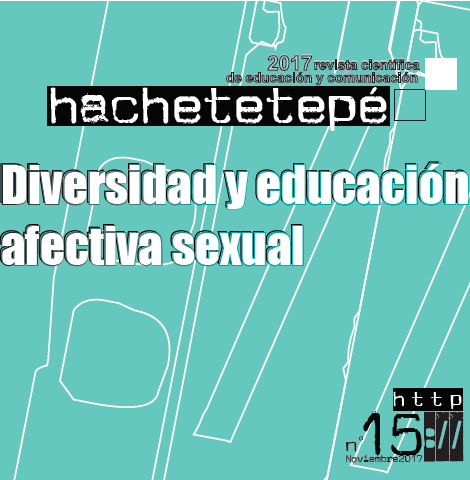Rethinking the category of "victim": An analysis of the agency capacity of migrant women linked to traffic networks
Abstract
This article is part of an ongoing research about the trafficking of sub-Saharan women, specifically Nigerians, in transit from Morocco to Andalusia. The methodology is qualitative and it has been based on interviews with technicians from social entities as well as workshops on creative narratives with migrant women possibly linked to trafficking networks. In this work we focus on the analysis of a narrative of a participating Nigerian woman. From her speech, we can observe key indicators that would place it within the category "victim of trafficking in human beings". However, in this article we show how the analysis of the discourse itself also offers other types of fundamental indicators in the women's agency, which are often invisible, such as indicators of resilience.
Keywords
Downloads
How to Cite
License

This work is licensed under a Creative Commons Attribution-NonCommercial-NoDerivatives 4.0 International License.
Those authors who have published with this journal, accept the following terms:
- They will retain their copyright and guarantee the journal the right to first publication of their work, which will simultaneously be subject to the Creative Commons Attribution License . They may be copied, used, disseminated, transmitted and publicly displayed, provided that the authorship, url, and magazine are cited, and are not used for commercial purposes. No derivative works are allowed.
- They may adopt other non-exclusive license agreements for the distribution of the published version of the work (e.g., deposit it in an institutional telematic archive or publish it in a monographic volume) provided that the initial publication in this journal is indicated.
- Disseminate your work through the Internet (e.g., in institutional telematic archives or on your website) once the manuscript is accepted, which may lead to interesting exchanges and increased citations of the published work. (See The effect of open access).
Hachetetepé. Scientific journal of education and communication does not charge a fee for the submission of manuscripts or for the publication of its articles.
References
Cyrulnik, B., Manciaux, M., Sanchez, E., Colmenares, M. E., Balegno, L. y Olaya, M. (2002). La resiliencia. Desvictimizar la víctima. Cali: Casa editorial Rafue. CEIC.
Defensor del Pueblo. (2012). La trata de seres humanos en España: víctimas invisibles. Madrid: Autor.
EUROSTAT (2015). Trafficking in Human Beings. Luxemburg. Publications Office of the European Union.
García de Diego, M. (2014). Jóvenes migrantes subsaharianas y trata en Andalucía. Intervención profesional desde el Trabajo Social Internacional. Tesis doctoral. Universidad de Granada.
Grotberg, H. (1995). The international resilience project: Research, application and policy. Lisboa: Symposium International Stress e Violencia. Setembro; 27-30.
Kohlberg, L. (1982). Moral stages and moralizations. En T. Lickona (Ed.). Moral Development and Behaviour. New York: Holt.
Masten, A.S. (2001). Ordinary magic. Resilience processes indevelopment. American Psychologist. 56; 227-238.
Monreal, M.C., Povedano, A. y Rodríguez, A. (2012). Mujeres migrantes. En: Musitu, G. (Coord.). Mujer y migración. Los nuevos desafíos en América Latina. México: Editorial Trillas.
UNICEF (2012). Child INFO: Monitoring the situation of children and women. Disponible en: http://www.childinfo.org/
UNODC (2014) Global Report in Trafficking in Persons. Nueva York. United Nations.
Wolin, S. y Wolin, S. (1993). The resilient self: how survivors of troubled families rise above adversity. Nueva York: Villard Books.
Women’s Link Worldwide (2014). La trata de mujeres y niñas nigerianas: esclavitud entre fronteras y prejuicios. Disponible en: http://www2.womenslinkworldwide.org/wlw/new.php?modo=detalle_proyectos&dc=72






